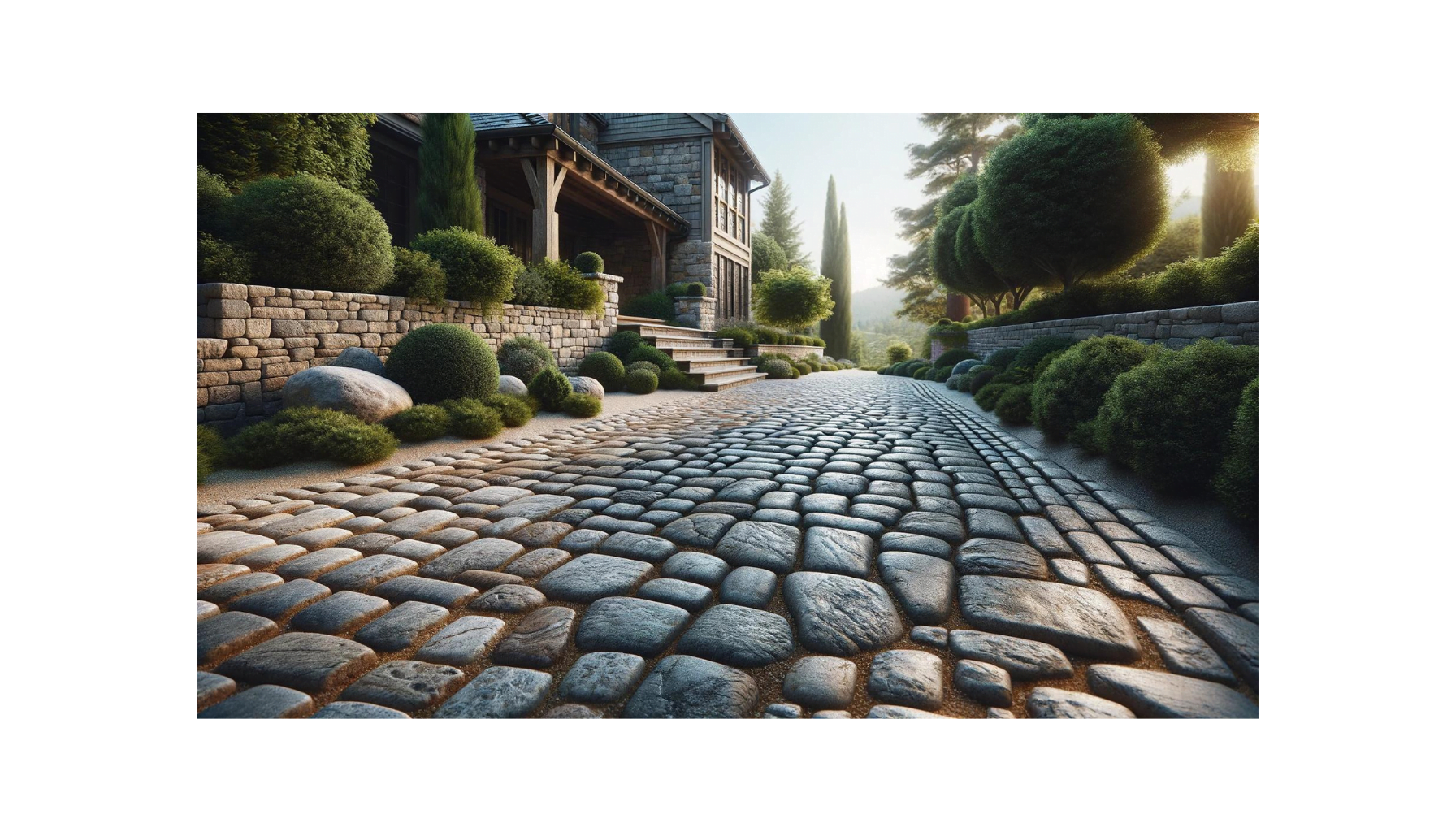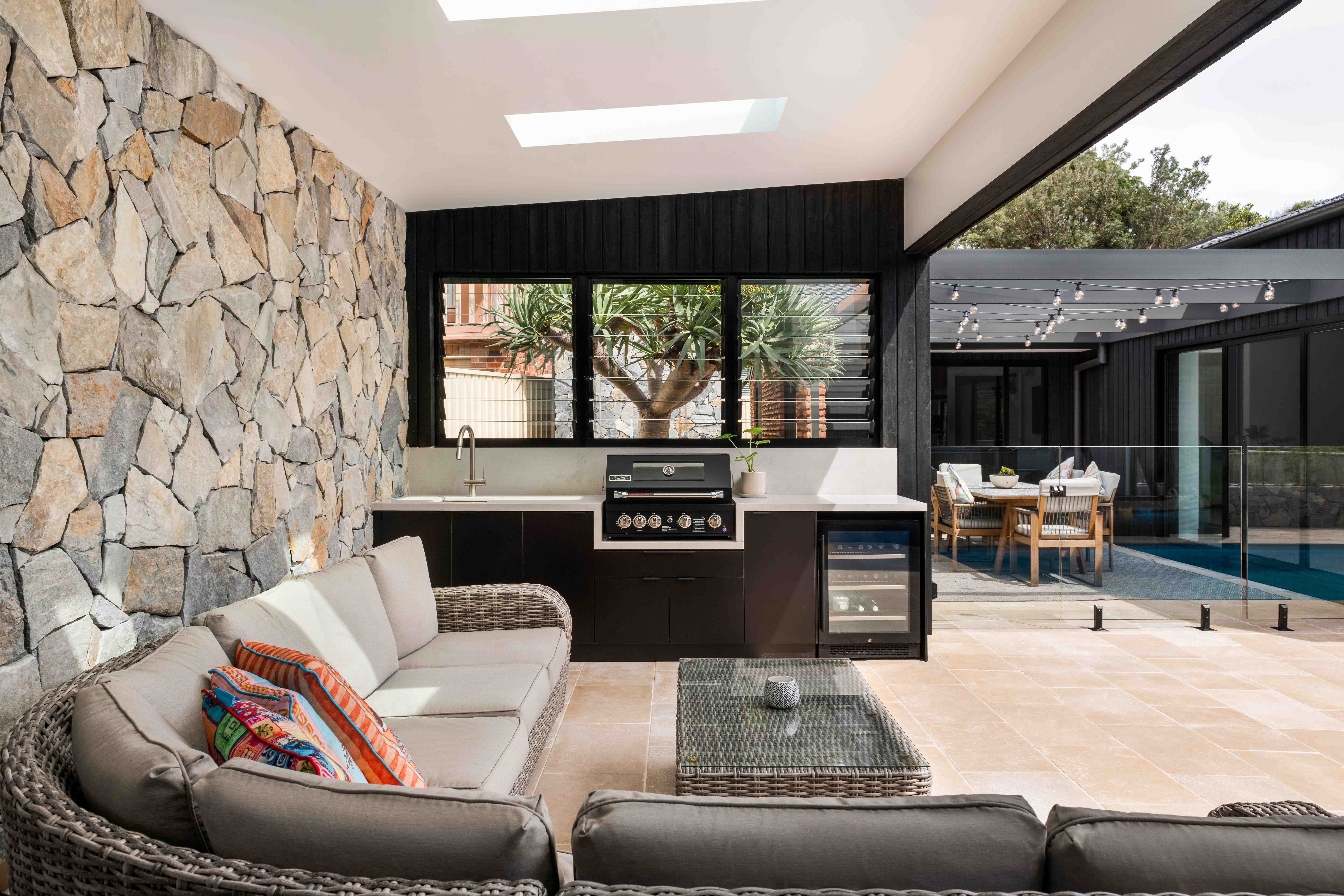Are cobblestone pavers more expensive than concrete pavers?
Are cobblestone pavers more expensive than concrete pavers?
Cobblestone Pavers vs. Concrete Pavers: Which One Is More Expensive?
When transforming your outdoor space, cobblestone and concrete pavers offer unique benefits and aesthetic appeal. However, the cost difference between the two, such as concrete and cobblestone driveway pavers, can be a significant factor in the decision-making process. In this article, we’ll explore the factors influencing the pricing of cobblestone and concrete pavers, helping you determine which option offers the best value for your investment.
Factors Affecting the Cost of Cobblestone and Concrete Pavers
Material Costs
The cost of raw materials is crucial in determining the price of cobblestone and concrete pavers, including those used for a concrete driveway. Natural stone, such as granite or limestone, used for cobblestone pavers, is often more expensive than the cement, sand, and aggregates used to produce concrete pavers. Additionally, the availability of these raw materials and their transportation costs can impact the final price.
Manufacturing and Processing
The manufacturing and processing methods for cobblestone and concrete pavers differ, which can affect their overall cost. Cobblestone pavers are quarried, cut, and shaped from natural stone, requiring more time and labor than mixing, molding, and curing concrete pavers. The increased labor and energy costs of producing cobblestone pavers can contribute to their higher price point.
Installation Costs
The installation process for cobblestone and concrete pavers can also influence the total cost of your project. Due to their irregular shapes and sizes, cobblestone pavers often require more installation time and skill, resulting in higher labor costs. In contrast, concrete pavers have a more uniform shape and size, making them more accessible and faster to install, potentially reducing labor expenses.
Cobblestone Paver Costs
The price of cobblestone pavers can vary depending on several factors, such as the type of stone, size, and thickness, similar to the variance seen in brick or concrete driveway pavers. On average, cobblestone pavers can cost between $15 to $30 per square foot, with some high-end options reaching up to $50 per square foot. Additional costs to consider include delivery, installation, and sealing, which can add to the overall expense of your project, whether you choose cobblestone pavers or brick pavers.
Factor Impact on Cost
Type of Stone: Rare or exotic stones may be more expensive
Size: Larger or thicker pavers can increase costs
Thickness: Thicker pavers are more durable but also more costly
Concrete Paver Costs
Concrete pavers are generally more affordable than cobblestone pavers, with prices ranging from $5 to $20 per square foot, making them a popular choice for driveways and patios. The cost of concrete pavers can be influenced by color, texture, and pattern. Opting for more intricate designs or custom colors may increase the price. As with cobblestone pavers, additional costs such as delivery, installation, and sealing should be considered when budgeting for your project.
Factor Impact on Cost
Color Custom colors may increase the price
Texture Textured pavers can be more expensive than smooth ones
Pattern Complex patterns may require more labor, increasing costs
Cost Comparison: Cobblestone vs. Concrete Pavers
Upfront Costs
When comparing the upfront costs of cobblestone and concrete pavers, it’s clear that they are generally more expensive. Depending on the specific materials and design choices, the initial investment for cobblestone pavers can be 2 to 3 times higher than that of concrete pavers.
Long-Term Costs
While cobblestone pavers may have a higher upfront cost, their durability and longevity can offer better long-term value, especially when compared to poured concrete options. Cobblestone pavers are known for their lifespan and resistance to cracking, chipping, and weathering. They often last for decades with proper maintenance, making them superior to a concrete driveway in terms of longevity. In contrast, concrete pavers may be more susceptible to damage and require more frequent repairs or replacements over time.
Return on Investment
The choice between cobblestone and concrete pavers can also impact the overall value of your property. Cobblestone pavers’ timeless beauty and durability can enhance the aesthetic appeal of your driveway or patio, potentially increasing your home’s resale value. While concrete pavers may offer a different level of visual impact, they still provide a clean, modern look that can improve your property’s curb appeal.
Conclusion
When deciding between cobblestone and concrete pavers, it’s essential to consider the upfront and long-term costs. While cobblestone pavers may have a higher initial investment, which could cause a negative first impression, their durability and timeless appeal can provide better value in the long run. Concrete pavers, on the other hand, offer affordability and design flexibility.
Choosing between cobblestone and concrete pavers depends on your preferences, budget, and project goals. By weighing the costs, benefits, and aesthetic considerations, you can make an informed decision that best suits your needs and enhances the beauty of your driveways, walkways and other outdoor spaces.
Frequently Asked Questions
- Are cobblestone pavers more expensive than concrete pavers or brick pavers? Cobblestone pavers are generally more expensive than concrete pavers due to the higher cost of raw materials, manufacturing, and installation.
- What factors influence the cost of cobblestone and concrete pavers? These include material costs, manufacturing and processing methods, installation costs, and specific design choices such as size, color, texture, and pattern.
- How much do cobblestone pavers or brick pavers typically cost per square foot? On average, cobblestone pavers can cost between $15 to $30 per square foot, with some high-end options reaching up to $50 per square foot.
- How much do concrete pavers typically cost per square foot? Concrete pavers are generally more affordable, ranging from $5 to $20 per square foot, making them a budget-friendly option for patio or driveway projects.
- Which type of paver offers better long-term value? Cobblestone pavers often provide better long-term value due to their exceptional durability and longevity, potentially reducing maintenance and replacement costs.
- Are cobblestone pavers more durable than concrete pavers? Cobblestone pavers are known for their superior durability and cracking, chipping, and weathering resistance compared to concrete pavers.
- How do cobblestone and concrete pavers compare in terms of installation costs? Cobblestone pavers often have higher installation costs due to the increased time and skill required to lay them properly, especially compared to poured concrete or concrete slab options. Concrete pavers, with their uniform shape and size, are generally more accessible and faster to install, potentially reducing labor costs.
Ready to transform your outdoor space with the timeless beauty of cobblestone pavers or the versatility of concrete pavers? Cinajus offers a wide selection of high-quality paving options to suit any budget and design preference. Our experienced team is dedicated to helping you navigate the cost differences and benefits of cobblestone and concrete pavers, ensuring you make the best choice for your project. Visit our website at https://www.cinajus.com.au/ or contact us to schedule a consultation and take the first step toward creating your dream outdoor oasis.





